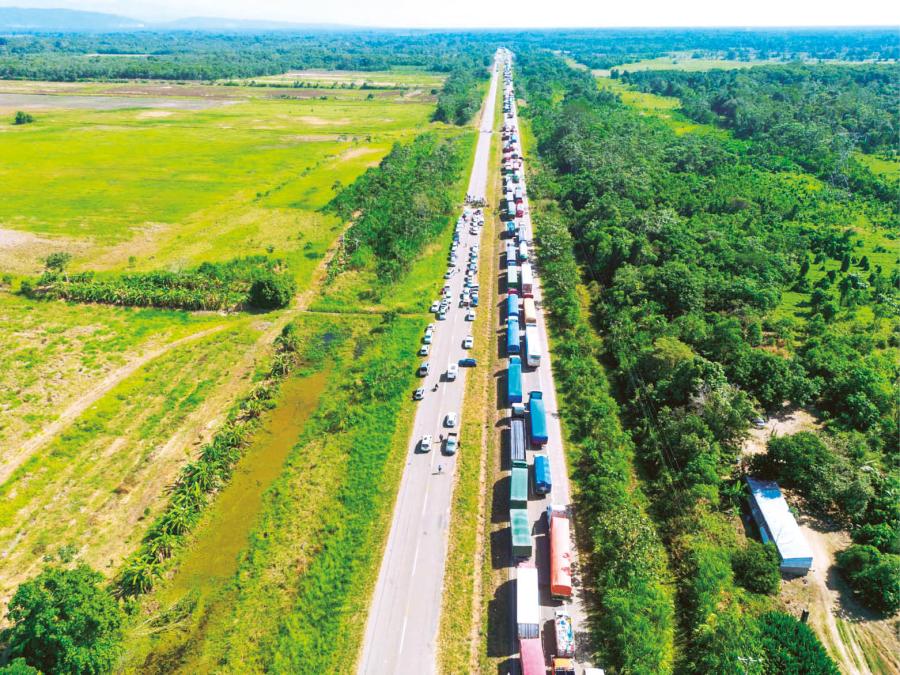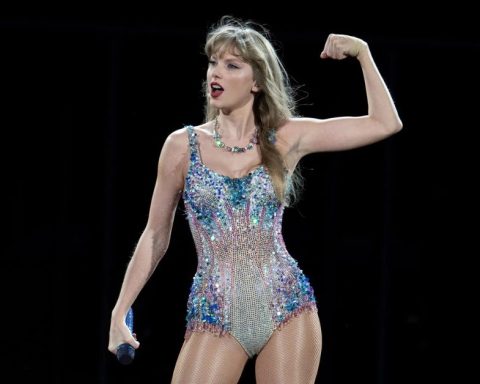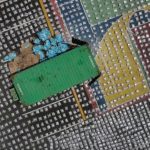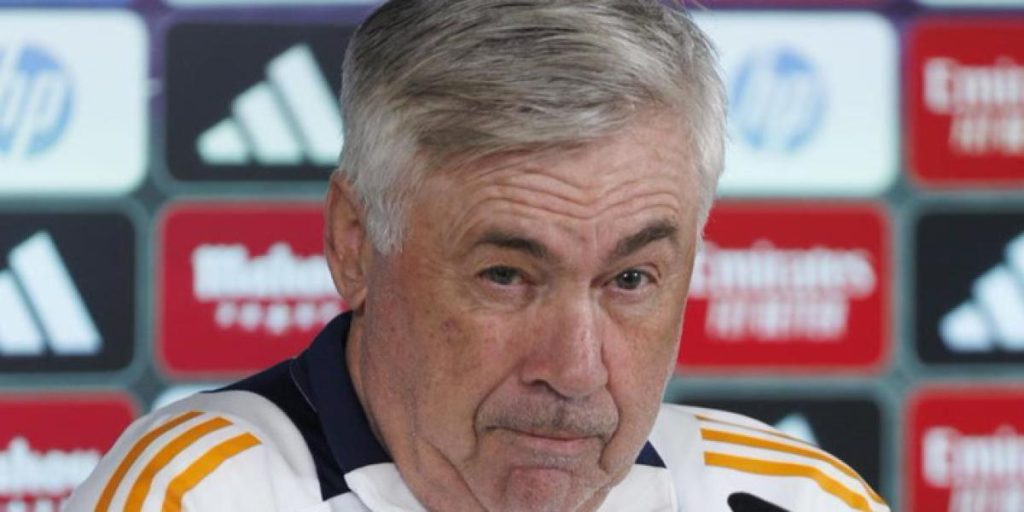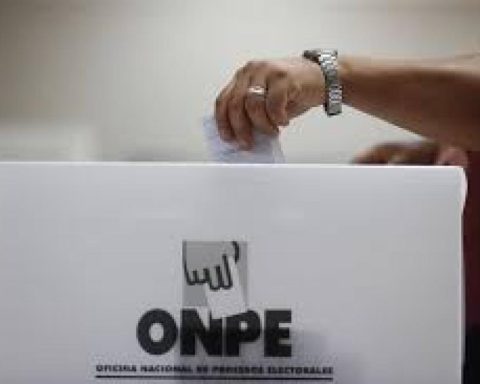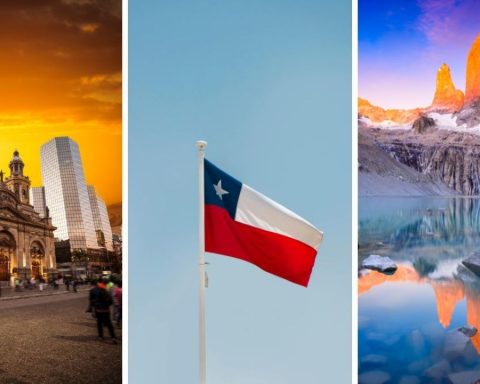The road projects to unite the markets of southern Brazil with the Pacific ports, and thus arrive in Asia do not take into account Bolivia. At least those carried out by Paraguay and Chile.
The reason? According to the economist, Germán Molina, in relation to international trade, the main thing is to have certainty, to know that a commercial transaction will be carried out in the given period and that if possible the unforeseen events will be minimal.
“That scenario does not offer our roads. We are a tranca country that puts obstacles to free circulation. That is known by investors and entrepreneurs in the countries of the region, so they work without taking into account. The issue of road locks, now it should be added that Bolivia is not able to guarantee a normal supply of gasoline and diesel or the foreign trucks that enter,” Molina watched.
The bioceanic highway that connects the Atlantic and Pacific Oceans through Bolivia, according to the data of the National Statistics Institute (INE) until November 2024 indicate that in the Corumbá-Puerto Suárez-Tambo Quemado-Charan-Arica sections, more than 5,000 million tons were transported.
The former president and current director of the Chamber of Transportation of the East (CTO), Erlan Melgar, recalled that the main driver of a bioceanic corridor for Bolivia was former president Hugo Bánzer, at the end of the 90s, when he signed the Bolivia-Brasil-Chile tripartite agreement, which paid its first fruits with the construction of the Santa Cruz-Puerto Suárez Highway, with multilateral financing and a part from Brazil.
However, to consolidate the corridor, from Brazil a series of observations on the national territory arose, according to Melgar, including the high number of popular and breakmouth markets on the roads and insufficient suppliers for the provision of diesel, on the routes, for international transport.
The “automargination” of Bolivia began when former president Evo Morales decides to lift the subsidy of fuels to foreign vehicles, being that Bolivia is a signatory of the International Terrestrial Transportation Agreement (ATIT), within the framework of the Latin American Integration Association (ALADI), which establishes that the country is obliged to provide fuel – at local price – to any foreigner that passes through its territory, Melgar summarized.
The theme of blockages, according to Melgar is another negative aspect. It is the Brazilians who baptize us as a tranca country, but despite the stage the transport leader considers that there is the possibility that the bioceanic rail corridor crossed by Bolivia, since the initial route from Brazil, crossing the Amazon, to reach Peruvian ports, has been considered economically unfeasible by Chinese investors interested in the project.
The Chilean project
The president of Chile, Gabriel Boric, presented the action plan for the Road Bioceanic Corridor. The layout connects the ports of southern Brazil with those of northern Chile, crossing Mato Grosso do Sul, the Paraguayan Chaco, the Argentine provinces of Salta and Jujuy, and does not consider Bolivia. The project is considered one of the most important infrastructure works in Latin America, with an extension of 2,400 kilometers. The Ministry of Economy, Development and Tourism of Chile reported in its official digital portal that the road map, contemplates concrete measures to advance in five strategic axes: security, road infrastructure, port logistics, international integration and business opportunities.
On the Paraguayan side, since 2021 they are enlisted through media promotions to give “fight” for the load it generates and that has to transport from the ports of the Atlantic to the Pacific and vice versa. Thus, in February 2022, the inauguration of the first stage of the Bioceanic Road Corridor was carried out, with 276 km of asphalted connection between the towns of Carmelo Peralta (on the border with Brazil) with Pozo Hondo (on the border with Argentina) with an investment of $ 445 million. By 2025 the inauguration of three more sections is expected.
